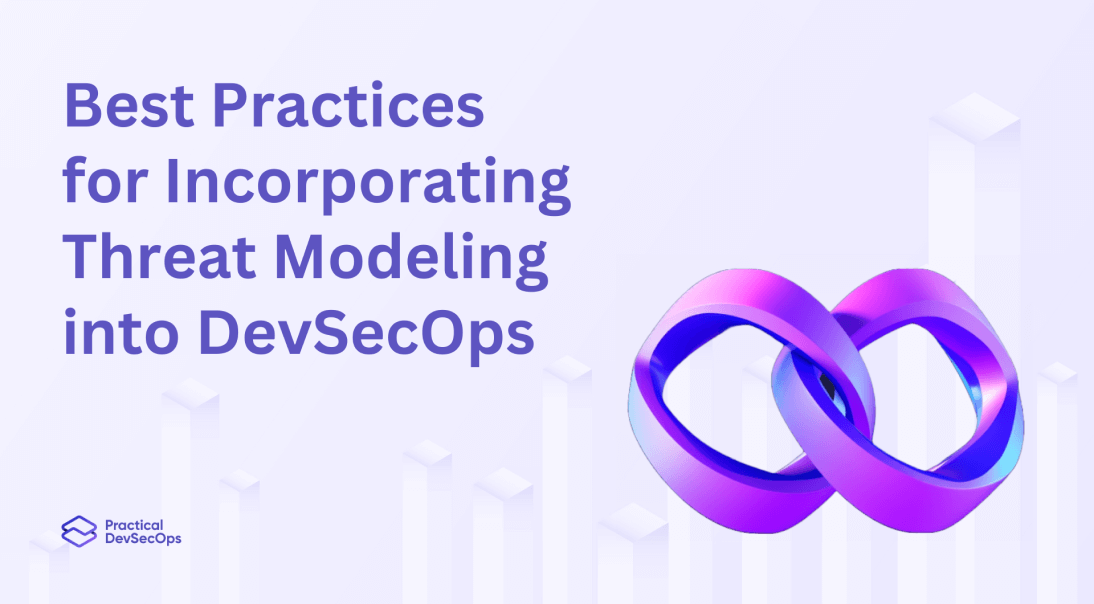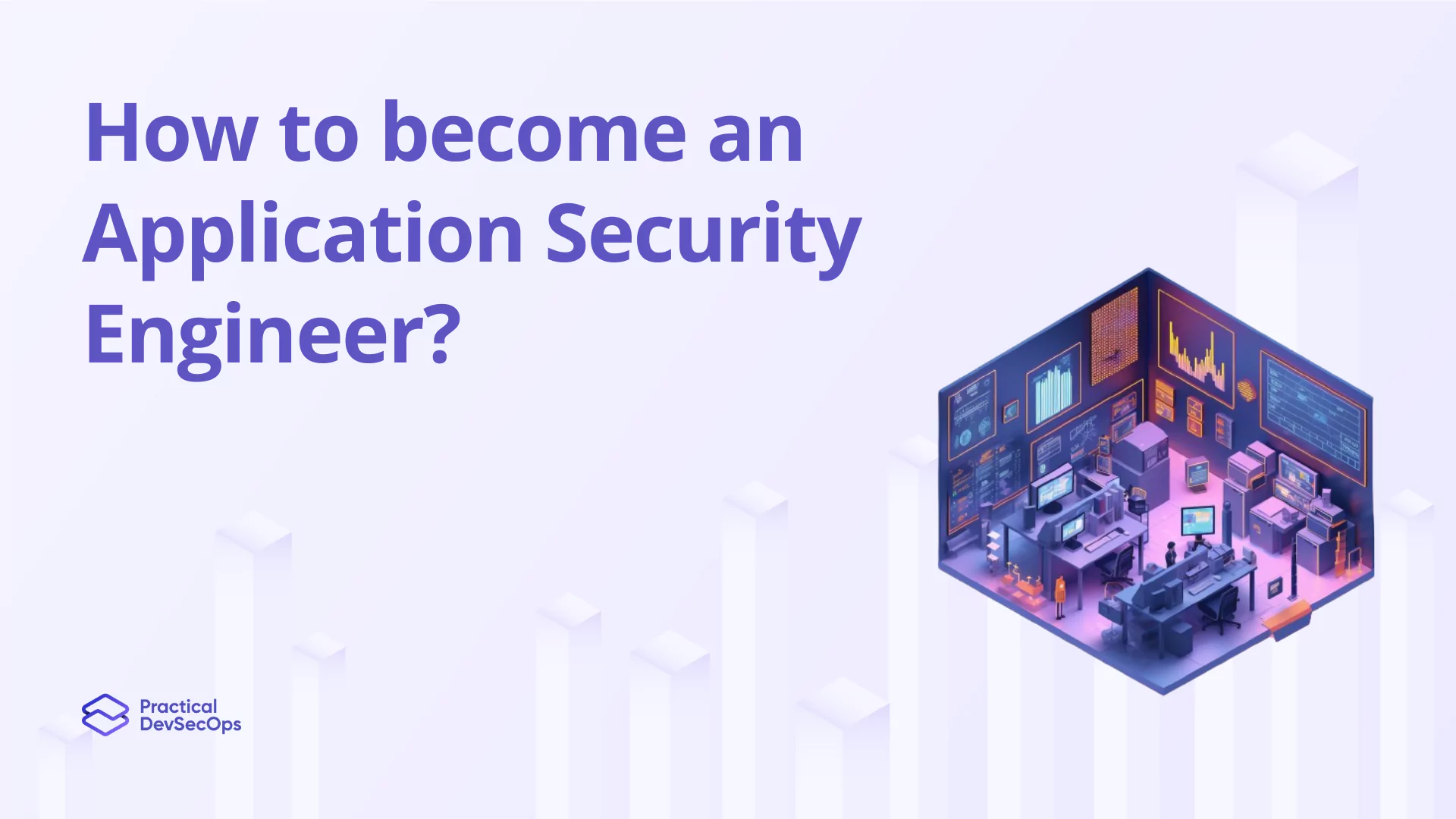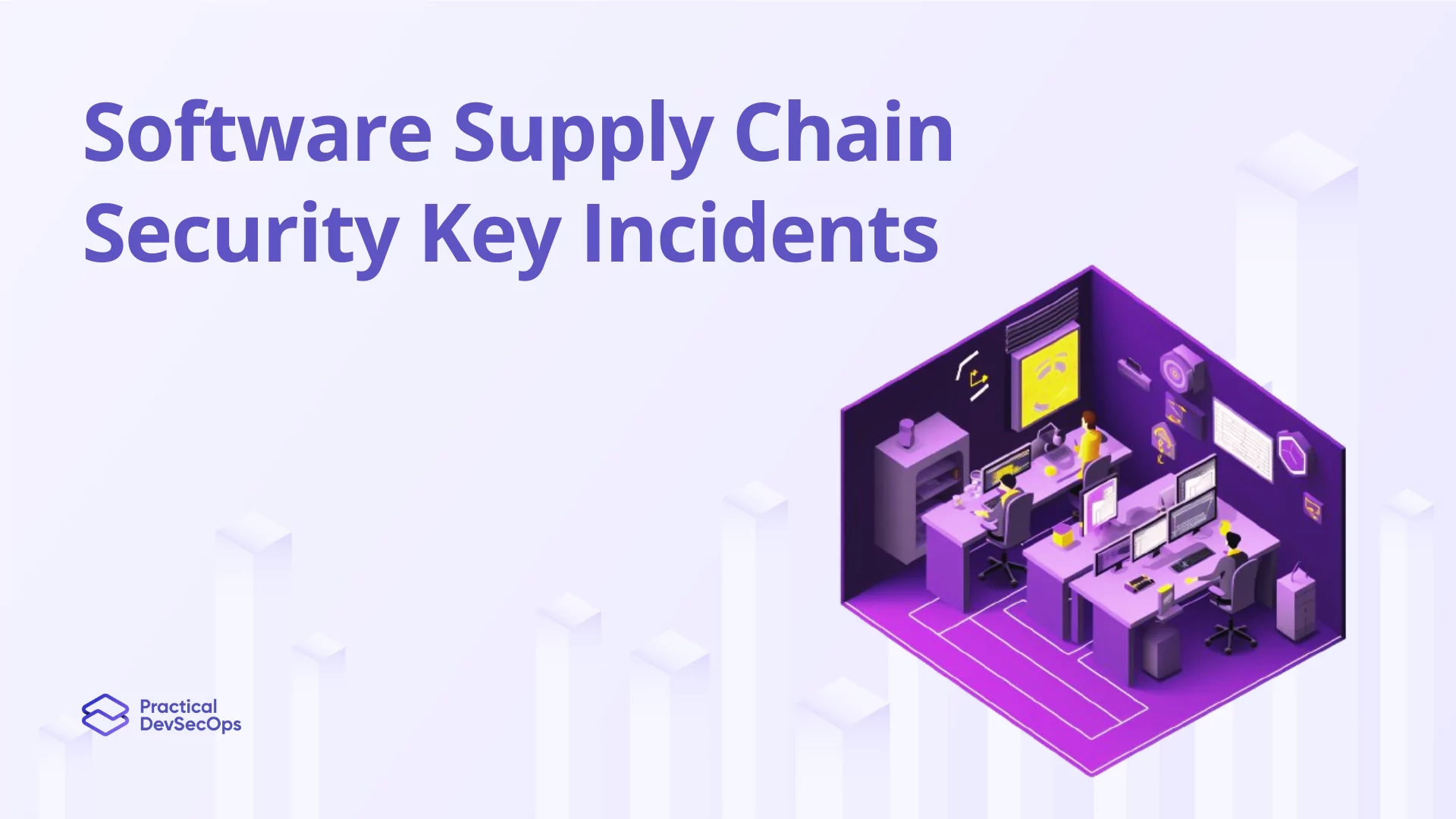Implementing an effective threat modeling program for DevSecOps can reduce the risk of data breaches and other security incidents. It also helps them prioritize security efforts, ensuring that security is considered throughout the development process. Ultimately, threat modeling is essential in ensuring secure solutions are delivered.
Here are key strategies and best practices for incorporating threat modeling into DevSecOps:
Create a Visual Model
Develop diagrams that depict your system’s architecture, components, data flow, and external connections. This helps identify potential security threats and weak points.
Analyze the System
Use various techniques to analyze the system, such as reviewing use cases, data flow diagrams, system diagrams, and threat trees. Look for security vulnerabilities and prioritize threats based on risk severity.
Establish Prioritization
Rate the severity of each threat and assign priorities based on the level of risk they pose. This helps focus security efforts on addressing the most critical threats first.
Develop a Response Plan
Document a response plan for addressing the identified threats. Determine how to patch vulnerabilities, mitigate risks, or take other necessary actions to respond effectively.
Integrate with CI/CD
Incorporate threat modeling into the Continuous Integration/Continuous Delivery (CI/CD) pipeline. Evaluate software changes against threat models before release to proactively identify and mitigate security risks.
Focus on Risk-Based Security
Shift from a checklist-based approach to a risk-based approach. Prioritize security efforts based on software complexity and the data’s sensitivity.
Foster Collaboration
Encourage collaboration between security and development teams. This enables a shared understanding of security risks and facilitates effective mitigation throughout the development.
Perform Regular Security Testing
Conduct regular security testing integrated into the CI/CD pipeline. This helps address identified threats and vulnerabilities promptly, ensuring the security of the software.
Leverage Automation
Utilize automated tools to identify threats, monitor security risks, and automate implementing security controls across the application and data. Automation speeds up the threat modeling process and ensures consistent application of security measures.
Threat Modeling with Code
Threat modeling with code in DevSecOps is a proactive approach that identifies security risks early in the development lifecycle. By integrating this practice, developers can build security measures from the start, saving time and resources while fostering a security-first mindset. Ultimately, this leads to more robust and secure software products.
Conclusion
By combining these strategies and best practices, organizations can effectively integrate threat modeling into their DevSecOps practices, enabling proactive identification and mitigation of security threats throughout the software development lifecycle.
Upskill in Threat Modeling






0 Comments